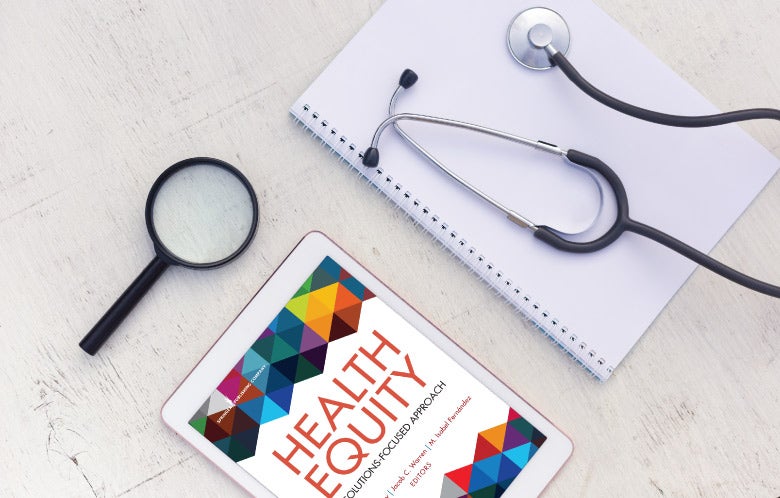Many a New Year’s weight loss resolution has lived and died by the sword of the “diet.” The body of evidence on dieting overwhelmingly shows that most diets work while you do them. Maintaining that weight loss after the diet ends, however, is most often a losing battle. Despite the yearly advent of new and improved fad diets and wonder pills, unrealized weight loss resolutions continue to pile up while rates of obesity steadily climb. What is it going to take to actually help people achieve sustained weight loss? Money? A group of researchers in the United States recently conducted a randomized trial to evaluate just that.
Four hundred eighteen adults (72 percent White and 91 percent female) self-enrolled into an online group-based behavioral weight control program for 18 months where half were randomized to receive a financial incentive for the first 12 months. The online program involved free access to educational materials, personalized feedback, group lessons, and individualized dietary (1,200-1,800 kcal per day) and exercise (up to 200 minutes/week) goals. Incentives were both behaviorally based (keeping a daily food log, daily weights, etc.) and outcome-based (percent body weight lost), with a maximum possible benefit of $665. Drop-out rates were similar between groups, with 74 percent following up at 12 months and 71 percent at 18 months. All participants were included in the analysis, with missing data treated as indicating nonadherence.
Results indicated significantly higher percent body weight loss in the financially incentivized group at six and 12 months, but not at 18 months. Comparing those who received financial incentives versus online weight loss program alone, more than 5 percent weight loss was achieved in 55 percent versus 40 percent at six months (p = 0.01, NNT 7), 45 percent versus 32 percent at 12 months (p = 0.02, NNT 8), and 33 percent versus 25 percent at 18 months (not significant). At least 10 percent weight loss was achieved in 28 percent versus 16 percent at six months (p = 0.02, NNT 9), 25 percent versus 15 percent at 12 months (p = 0.03, NNT 10), and 17 percent versus 13 percent at 18 months (not significant). Mean weight loss at 18 months was 4.4 kg (9.7 lbs) in the financially incentivized group and 3.5 kg (7.7 lbs) in the online-only group, with nearly 75 percent in both groups regaining weight between months six and 18 (1.4 kg [3 lbs] / 0.7 kg ([1.5 lbs], respectively). The average payment for participants in the incentivized group was $324.
The bottom line is that neither the diet nor the financial incentive worked in the long term. It’s been hypothesized that more people have success with commercial diets because they have a vested interest in the diet working, namely, the ‘good money’ they paid for these programs. So, while the idea to look at the flip side of this coin — actually paying people to lose weight — may not exactly be grounded in reality, it is certainly an interesting approach. Unfortunately, these data suggest that the difficulty maintaining weight loss, which is seen consistently with other diets, is encountered even when a financial incentive is provided (and then goes away). And this was in a population set up for success! The self-selected enrollment process for this study recruited participants through responses to flyers and emails, meaning that participants were already motivated to lose weight and had access to the internet, transportation, and daytime availability for group chats. This form of selection bias leads to likely overestimation of benefit in favor of the intervention, which is saying a lot for an intervention that didn’t seem to work.
For more information, see the topic Obesity in Adults in DynaMed®.



